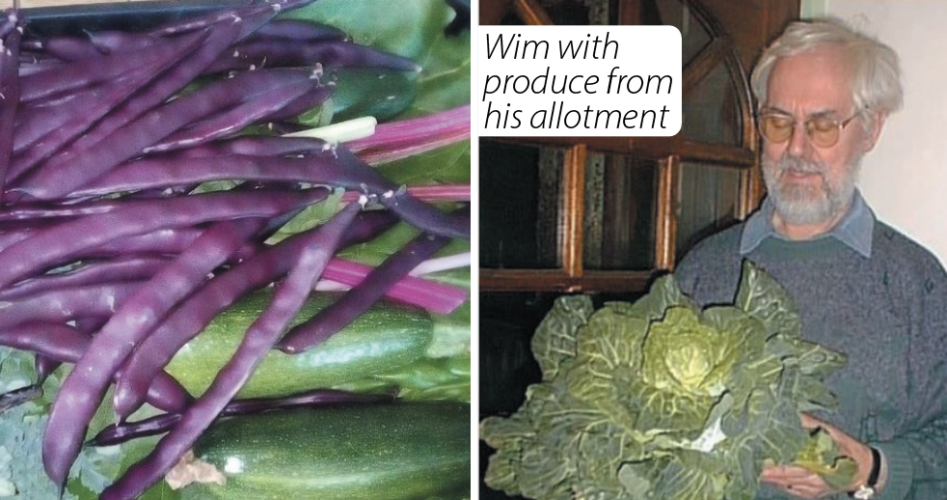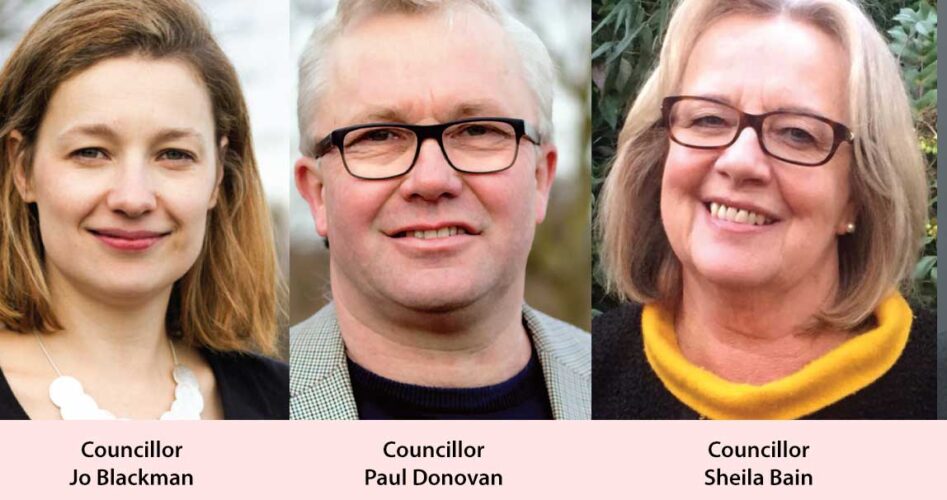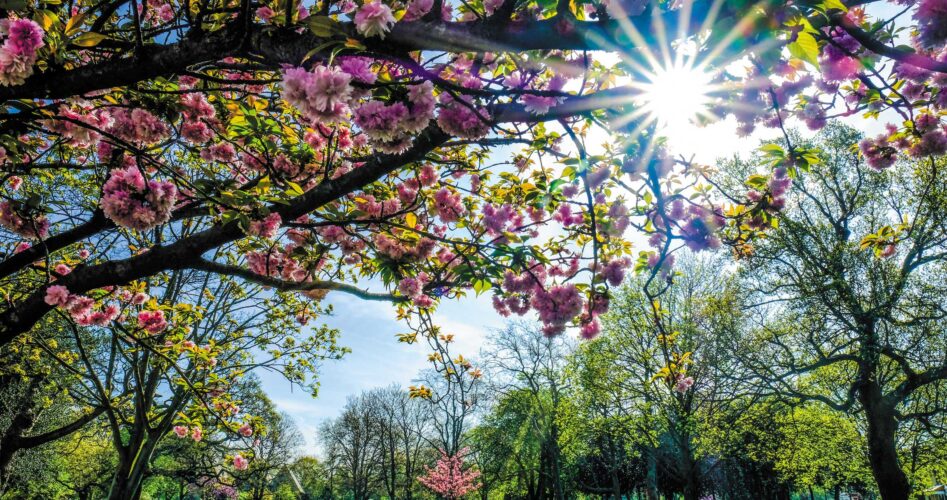An appeal has been launched over the refusal of planning permission to build flats on a strip of land between Draycot Road and Seagry Road.
A planning application to build five flats on the land was refused last December. The developer has appealed and it is now with the planning inspectorate to make a decision.
“This small patch is home to many mature roses, shrubs and wild flowers and is therefore an important spot for biodiversity, so Redbridge Council were right to stop this development. As more and more of us pave our front gardens or put down artificial grass, small patches of land like this are a crucial safety net for nature,” said Vanya Marks from Wanstead Climate Action, who is now urging others to help save the green patch.
The email address to send comments to is North1@planninginspectorate.gov.uk and the deadline is Monday 16 May.













